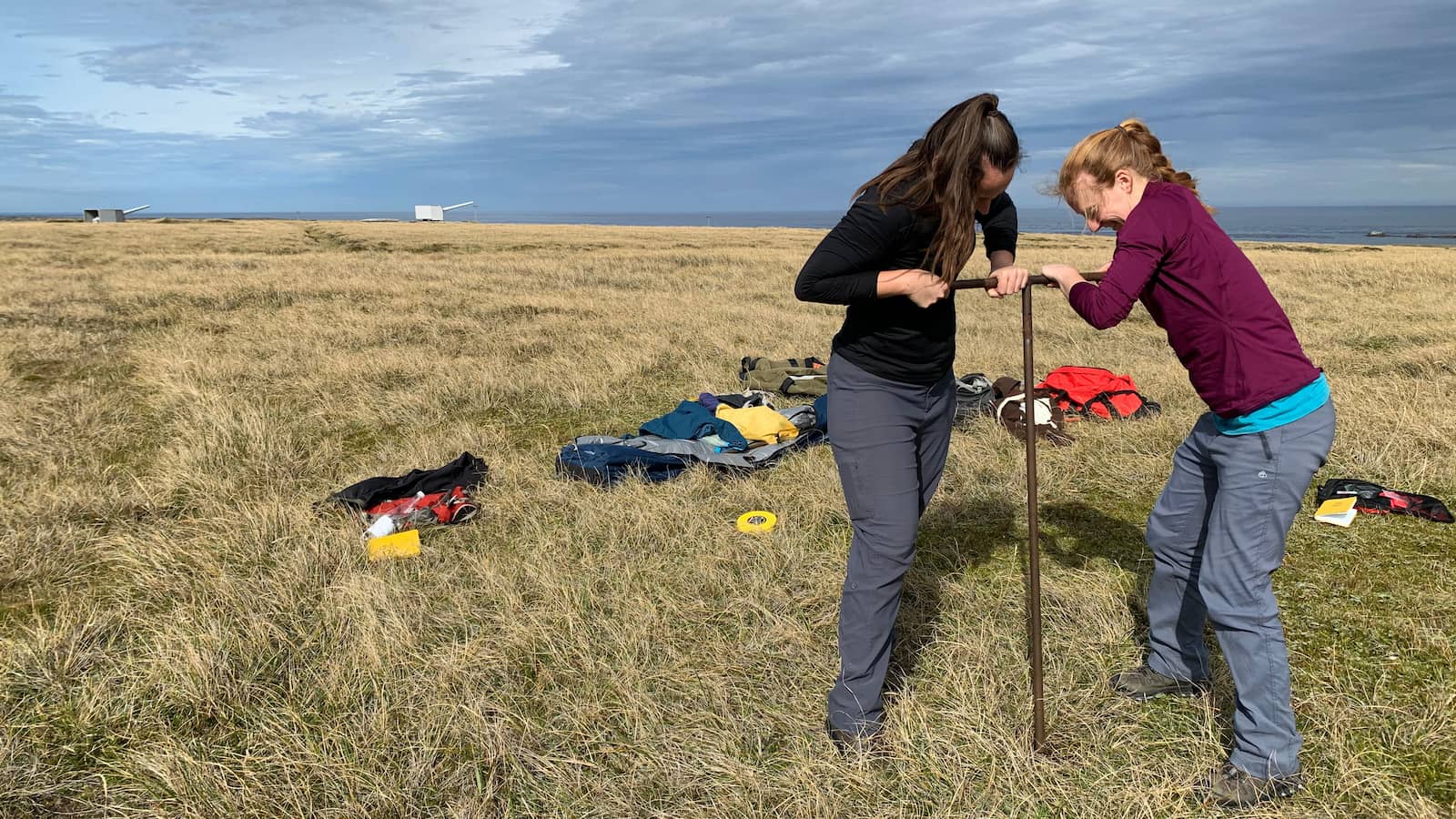Significant shifts in wind patterns increased global carbon stores and could hold the key to understanding today's changing climate
A major shift in temperature and wind more than 20,000 years ago sparked significant changes to the Earth's climate and drove ancient peatland growth across the Southern Hemisphere, new research has revealed. The findings have implications for climate change today.
Dr Haidee Cadd, from the University of Wollongong's School of Science, was part of a team of international scientists who studied ancient bogs – peatlands – to uncover how these ecosystems proliferated in the aftermath of the last glacial maximum. Peatlands in the Southern Hemisphere are rare but crucial natural carbon stores, comprised of decaying plant matter. Until now, scientists did not fully understand how and when these unique wetlands spread across the Earth.
The research, published in Nature Geoscience, shows that shifts in the Southern Westerly Winds – a powerful belt of winds that circle Antarctica – played a crucial role in the spread of peatlands across the Southern Hemisphere after the last Ice Age.

"We see a large expansion in the growth of peatlands following the last glacial maximum, much earlier than in the Northern Hemisphere, due to increased rainfall brought by the Southern Westerly Winds," said Dr Cadd.
The scientists compiled peat records from across South America, southern Africa, Australasia and the sub-Antarctic islands. Using radiocarbon-dating, they pinpointed when climatic conditions became wet and favourable enough for sustained plant growth, decay and bog formation.
They found that major phases of peat growth occurred at the same time the westerly winds shifted, which also coincided with changes in atmospheric carbon dioxide levels.
Recent climate observations show the Southern Westerly Winds are shifting again due to human-caused climate change – this time in the opposite direction, towards the South Pole. This shift has led to increases in continental droughts and wildfires across the Southern Hemisphere and coincides with accelerated warming in the South Atlantic, Southern Indian Ocean and South West Pacific Ocean.

Lead author Dr Zoë Thomas from the University of Southampton said this suggests the winds are not only responsible for regulating peatland carbon stores, but also how much carbon dioxide the ocean absorbs and releases into the atmosphere.
"When the winds shifted north 15,000 years ago, they changed the stirring action in the Southern Ocean, which acts as the largest natural carbon sink on the planet," she said.
Co-author Dr Cadd added: "If the planet's largest carbon sink becomes less effective, it will accelerate the rate at which CO2 accumulates in the atmosphere, amplifying current global warming trends."
About the research
'Westerly wind shifts drove Southern Hemisphere mid-latitude peat growth during the last glacial', by Zoë Thomas, Haidee Cadd, Chris Turney, Lorena Becerra-Valdiva, Heather A Haines, Chris Marjo, Christopher Fogwill, Stefanie Carter, and Paul Brickle, was published in Nature Geoscience: https://www.nature.com/articles/s41561-025-01842-w






